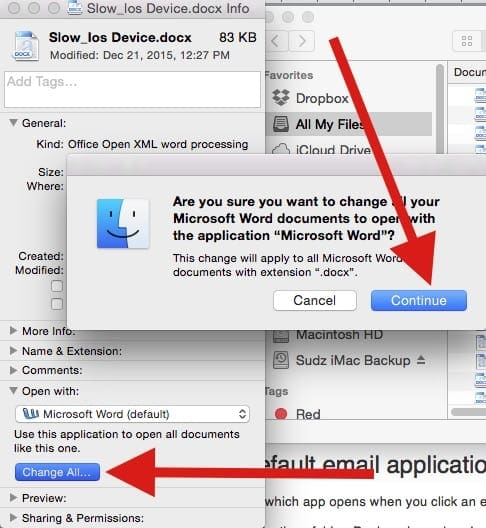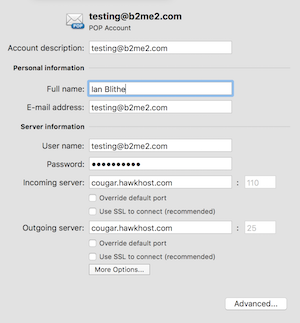

I use the Microsoft document from the link to create an XML file that sets Microsoft Edge as the default application for specific protocols. Third, use the if condition in PowerShell to match & create the registry key for DefaultAssociationsConfiguration.Second, use the PowerShell command to capture the current default browser.First, create the default associations configuration file as per the Microsoft document and store that to Network Share with access to all users.I use simple PowerShell If condition to achieve the solution. I thought of a solution that only changes the default browser if the current default is Internet Explorer, not changing anything for the user with Chrome or Firefox. Here is the link to change the default browser for all users. Microsoft also provided the documentation to set Microsoft EDGE as default using GPO by configuring DefaultAssociationsConfiguration.
Mac how to set microsoft office as default windows#
In 2021, Microsoft stops support for Internet Explorer for most Azure and Office 365 applications, forcing all the windows customers to use other Browsers or Microsoft EDGE as the Default browser to get web application support. Therefore, to maximize efficiency, make sure you set your most-used save location in Office 2013 settings, ensuring that, most of the time, all you have to do is click “Save” to place your document in its intended location.This article will cover the steps to set the Microsoft EDGE as Default Browser using PowerShell if the current browser is Internet Explorer.

Mac how to set microsoft office as default Pc#
You’ll now need to quit and restart Word, Excel, or PowerPoint in order for the change to take effect, so manually save any open documents and close your Office apps.Īfter reopening Word, Excel, or PowerPoint, any new save commands will select the location on your PC that you identified in the Options window by default. Of course, you can still save to OneDrive or any other location on your PC, but you’ll need to manually navigate to these locations in the Office Save window. When you’ve made your selection, click OK to save it, and OK again to close the Options window. If, however, you’d prefer to set a custom save location, click the Browse button next to the Default Local File Location box and navigate to the desired location on your PC. If the user Documents folder works for you, then you’re all set. The default save location is your user Documents folder. This will tell Word, Excel, or PowerPoint that you want your documents to be saved to your computer, or a network-attached volume, instead of an online service like OneDrive. To remove OneDrive as the default save location, find and check the box labeled Save to Computer by Default. This reveals a number of save-related settings and preferences. In the Options window, select Save from the list of options on the left. Locate the Options button at the bottom of the list on the left. This will launch what Microsoft calls the Office “ Backstage“, which lets you open existing documents, create new documents, and access important feature such as print and export settings. With the document open and viewable, find and click File in the top-left portion of the window. For our screenshots, we’re using Word 2013, but the steps are the same for Excel and PowerPoint.įirst, launch your Office 2013 app and open an existing document, or create a new document. However, by maintaining separate settings for each app, it makes it easy to set different default save locations depending on your workflow for example, saving all Word documents to your local user documents folder, and saving all Excel files to a network location shared with the Accounting department. Note that the steps described here are unique to each major Office app, so you’ll need to repeat these steps in Word, Excel, and PowerPoint if you want all three apps to save to the same new default location. Thankfully, this problem can be easily solved by setting a new default save location in Office 2013 settings.

This is handy if you regularly use OneDrive to backup and sync your files, but for those who use other online services, or those who prefer to save their files locally, it’s annoying and inefficient to have to deselect OneDrive each time you try to save a file, and instead manually navigate to your save location of choice. Microsoft encourages users to save their work in OneDrive by making it the default save location in Office 2013. How to Change the Default Save Location in Office 2013


 0 kommentar(er)
0 kommentar(er)
